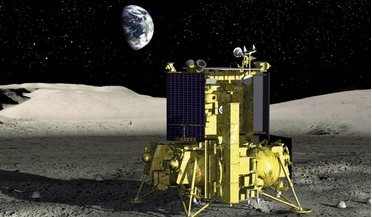 November 2019
PROSPECTing for lunar polar volatiles
November 2019
PROSPECTing for lunar polar volatiles
...orbiter and the Luna-27 lander (also called Luna-Resurs). Luna-27 is focused on the discovery and characterisation of lunar resources including volatiles at a high latitude landing site (beyond 85 degrees south) and will carry a European contribution...
 January 2023
LUNAR OASIS – architectural visions for an integrated lunar habitat
January 2023
LUNAR OASIS – architectural visions for an integrated lunar habitat
... of the design studio, discussing the different typologies developed for the various concepts of near-term future lunar research facilities and presenting common themes related to the actual development of a future international and cross-cultural...
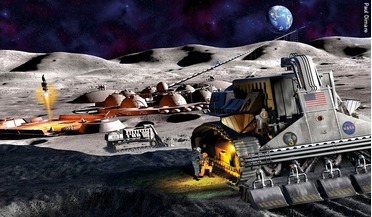 February 2023
The scientific basis for lunar helium-3 production
February 2023
The scientific basis for lunar helium-3 production
..., exposure to resonant electromagnetic radiation and active oxidation by microorganisms. They also explain how the total amount of lunar helium-3 can be estimated more accurately and how the promise of carbon-free thermonuclear energy may be realised...
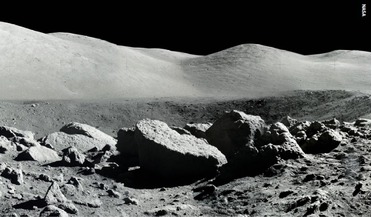 October 2021
Mining lunar hydrogen
October 2021
Mining lunar hydrogen
... to work for more than seven hours in the harsh temperature and radiation environment found on the lunar surface. Lunar hydrogen This hypothesis of hydrogen outgassing sets the theoretical framework for developing so-called ‘hydrogen energy’, which...
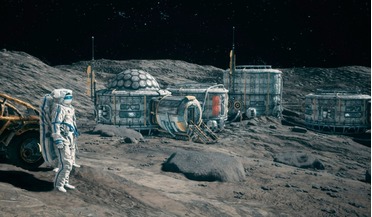 May 2022
Design architecture for 3D printing a lunar habitat
May 2022
Design architecture for 3D printing a lunar habitat
...to solve and how can we do it? Classes of 3D printing technologies with applications for the lunar environment. Lunar regolith The first stages of building a lunar base for colonists will, by necessity, involve equipment and consumables being brought...
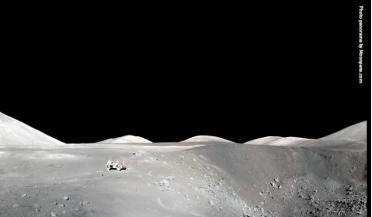 October 2024
Lunar construction with regolith and robots
October 2024
Lunar construction with regolith and robots
... of in-situ resource utilisation (ISRU) and represents a revolution for surviving on the Moon. A process that simultaneously removes lunar regolith from the local area and uses it to build structures will also improve working conditions by minimising...